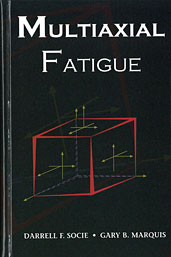Technical Paper
A Comparison of a Semi-Active Inerter and a Semi-Active Suspension
2010-10-05
2010-01-1903
Inerters have become a hot topic in recent years, especially in vehicle, train, and building suspension systems. The performance of a passive inerter and a semi-active inerter was analyzed and compared with each other and it showed that the semi-active inerter has much better performance than the passive inerter, especially with the Hybrid control method. Eight different layouts of suspensions were analyzed with a quarter car model in this paper. The adaptation of dimensionless parameters was considered for a semi-active suspension and the semi-active inerters. The performance of the semi-active inerter suspensions with different layouts was compared with a semi-active suspension with a conventional parallel spring-damper arrangement. It shows a semi-active suspension, with more simple configuration and lower cost, has similar or better compromise between ride and handling than a semi-active inerter with the Hybrid control.

